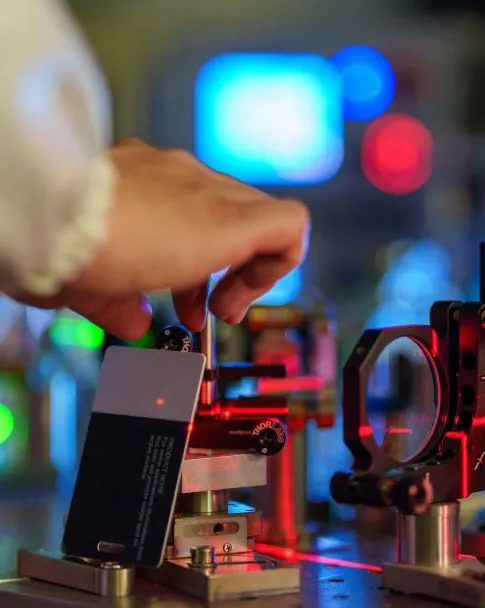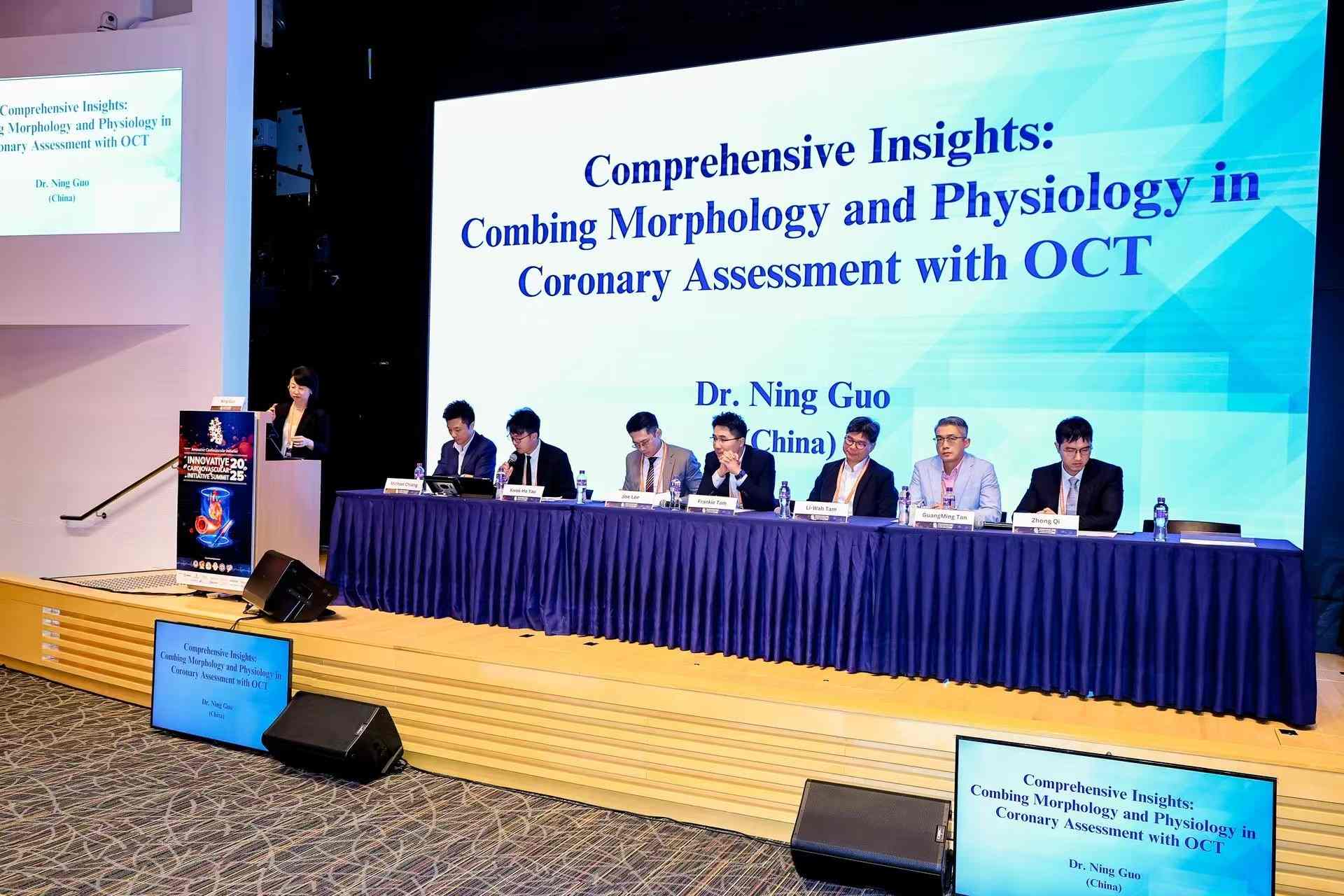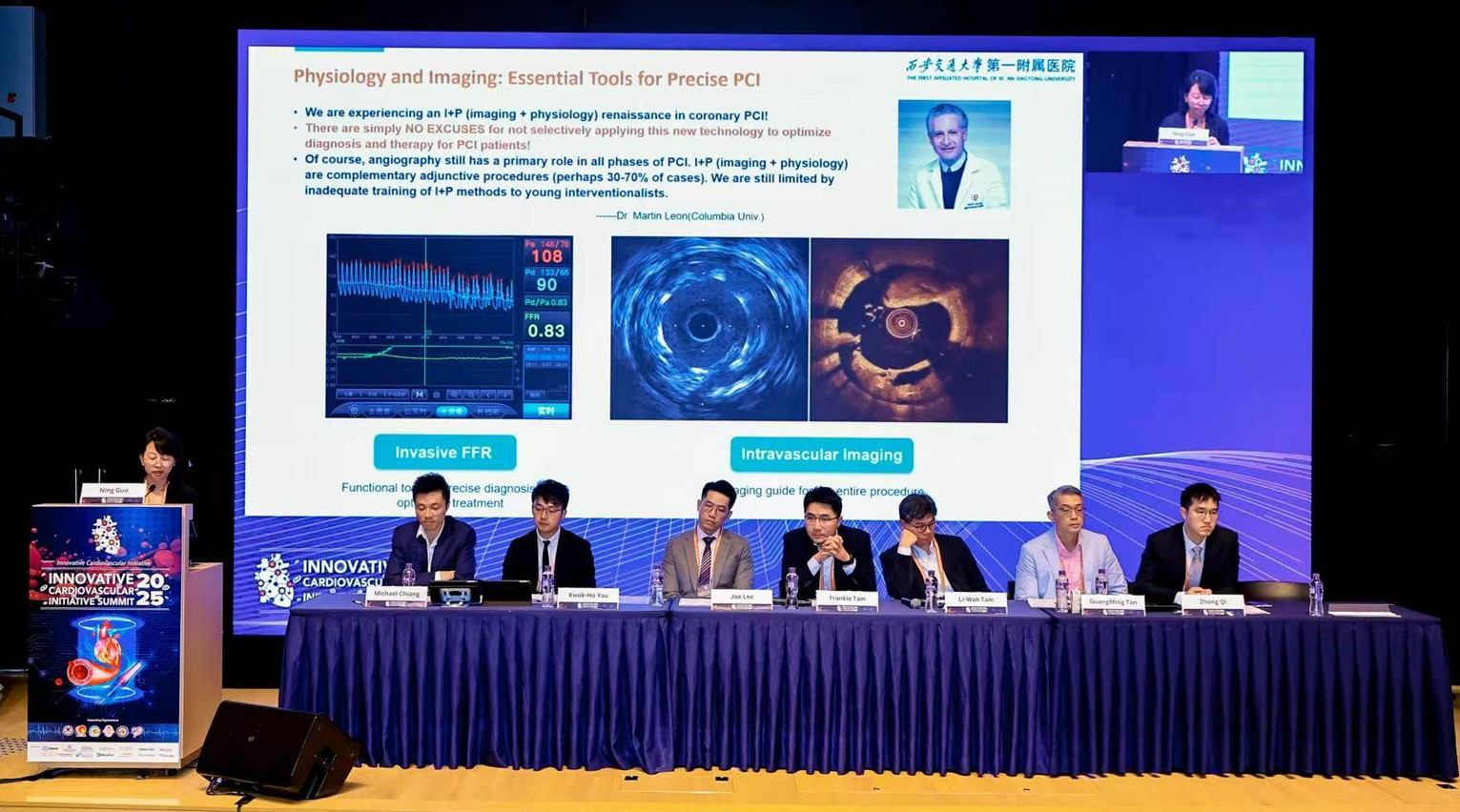
One Scan, Comprehensive Insights: How OCT is Redefining PCI Guidance with both Imaging & Physiology Assessments
Hong Kong, October 4, 2025 – The Innovative Cardiovascular Initiative Summit 2025 (ICI 2025) commenced today at the Hong Kong Science Park, gathering leading experts in interventional cardiology to discuss the frontier technologies driving precise coronary care. Dr. Ning Guo, Chief Physician at The First Affiliated Hospital of Xi'an Jiaotong University, delivered a keynote address, presenting pioneering work on the fusion of physiology and imaging for optimizing OCT-guided percutaneous coronary intervention (PCI).

In her lecture, “Combining Morphology and Physiology in Coronary Assessment with OCT,” Dr. Guo emphasized that traditional angiography and isolated physiological indices such as fractional flow reserve (FFR) cannot fully capture the complexity of modern coronary disease.
While FFR remains the gold standard for detecting myocardial ischemia, landmark studies — including COMBINE (OCT-FFR) (Eur Heart J. 2021; 42: 4671–4679) and PREVENT (Eur Heart J. 2021; 42: 4680–4690) — have demonstrated that vulnerable plaques may exist even in FFR-negative lesions, revealing the limitations of single-modality evaluation.

She noted that the ongoing “I-Imaging + P-Physiology renaissance” — the integration of intravascular imaging (OCT/IVUS) and functional assessment (FFR and derived indices) — is redefining how clinicians diagnose, plan, and optimize PCI procedures. This combined methodology provides higher precision, consistency, and patient benefit in line with emerging global clinical guidelines.
Dr. Guo presented clinical data obtained using Vivolight Medical’s P80 Optical Coherence Tomography (OCT) system — a pioneering platform capable of simultaneous functional (OCT-FFR) and structural imaging within a single pullback.
|
OCT-FFR
|
Structural Imaging
|
The P80 system integrates advanced computational fluid dynamics with AI-driven image analysis to calculate fractional flow reserve directly from OCT data, eliminating the need for pressure wires or vasodilators.
Its key advantages include:
● Comprehensive functional and morphological assessment from a single acquisition
● Automated, real-time OCT-FFR computation for streamlined workflows
● Reduced procedure time and overall cost, aligning with DRG/DIP payment models
● Validated diagnostic equivalence to wire-based FFR, supported by multicenter studies
Data shared at ICI 2025 showed a correlation coefficient r = 0.83 between OCT-FFR and conventional FFR, with a diagnostic accuracy of 98.1% in the single-center study conducted at The First Affiliated Hospital of Xi'an Jiaotong University.
A multicenter trial led by The Second Affiliated Hospital of Zhejiang University School of Medicine further confirmed strong performance within the FFR “gray zone” (0.75–0.85), achieving 96.05% accuracy.
Dr. Guo concluded, “We are entering an era where imaging and physiology no longer compete but complement one another — transforming PCI to next precision phase.”
Vivolight Medical remains committed to advancing intravascular imaging through continuous innovation in OCT-FFR technology and AI-assisted analytic tools. Collaborating with leading academic centers, the company is driving the standardization, intelligence, and global adoption of precision PCI.
Leave A Message
Scan to WhatsApp :
